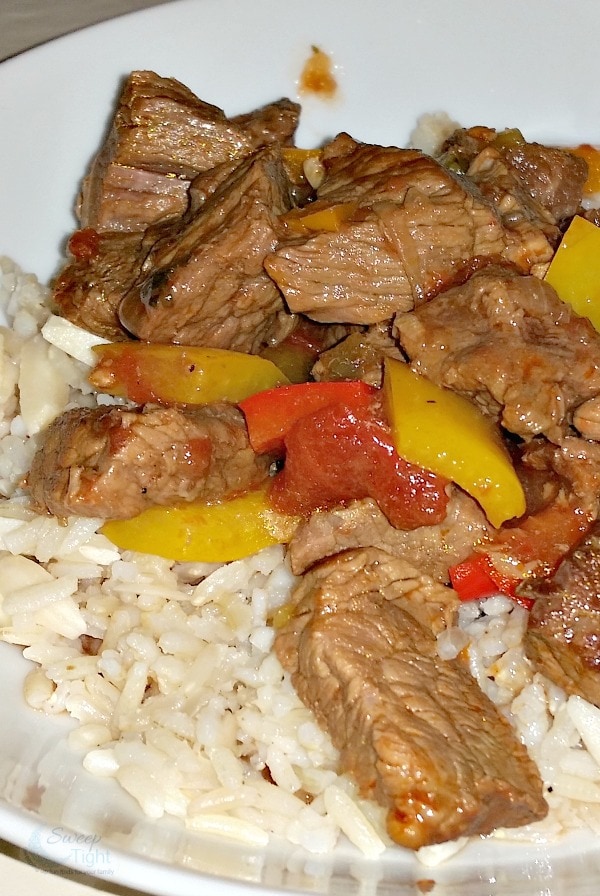12 Restaurant Meals That Mostly Cost Less Than Making Them Yourself
You’ve probably rolled your eyes when someone claimed that eating out is actually cheaper than cooking at home. But wait – before dismissing this as complete nonsense, there are actually some surprising cases where restaurants can beat your kitchen on price. Restaurant prices climb much higher and faster than groceries – an average of 5.1% annually versus 1.2%, but certain strategic meals and deals can flip that equation on its head.
Dollar Menu Burgers
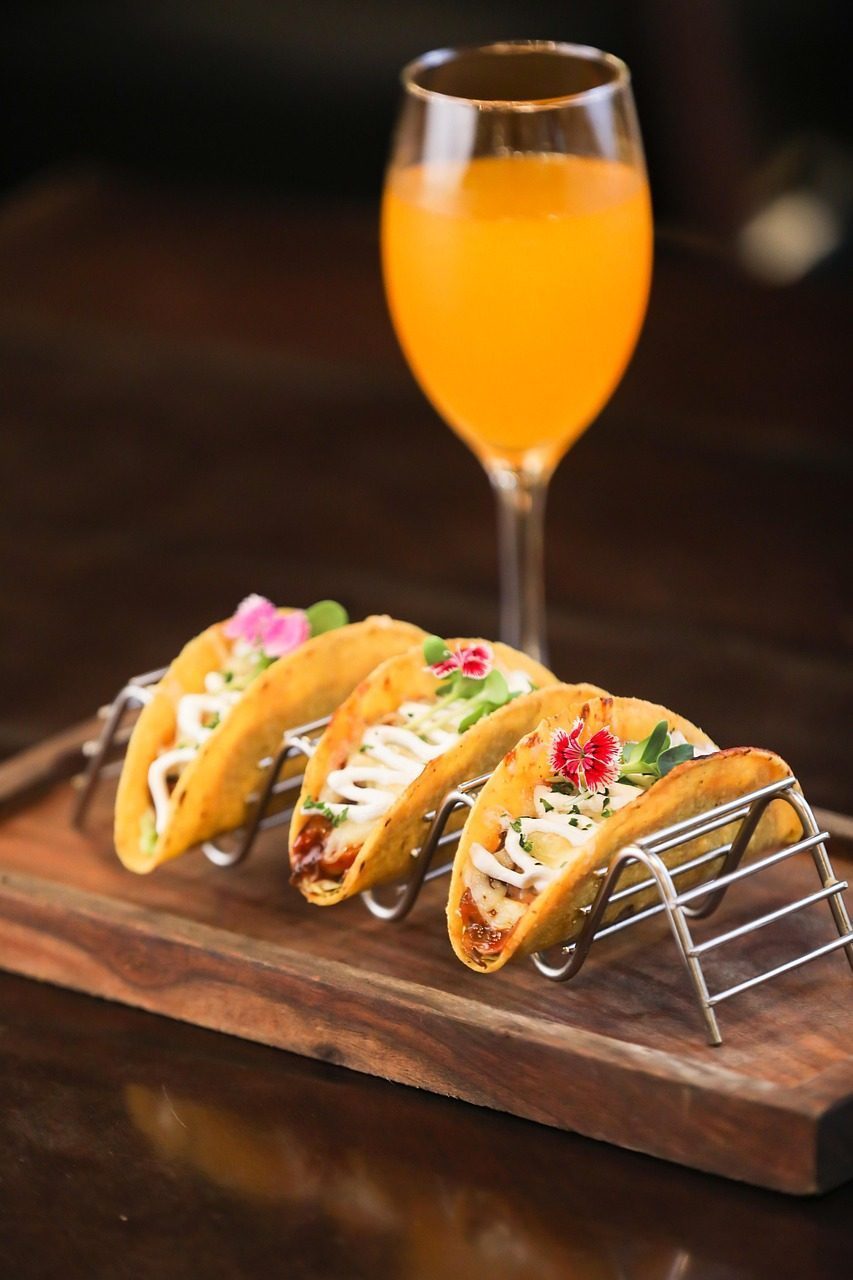
Here’s where your math gets completely turned upside down. You certainly can’t make a burger at home for $1, yet several fast food chains still offer burgers at this price point. When you factor in the cost of ground beef, buns, condiments, cheese, and the electricity to cook it, even the most basic homemade burger costs more than these ultra-cheap options.
The value menu wars of 2024 have created some genuine head-scratchers. White Castle announced that customers can purchase 10 cheese sliders for just $7.99, at less than 80 cents per slider. Even buying the cheapest ground beef and buns in bulk, you’d struggle to match that price at home.
Taco Bell’s Cravings Value Menu
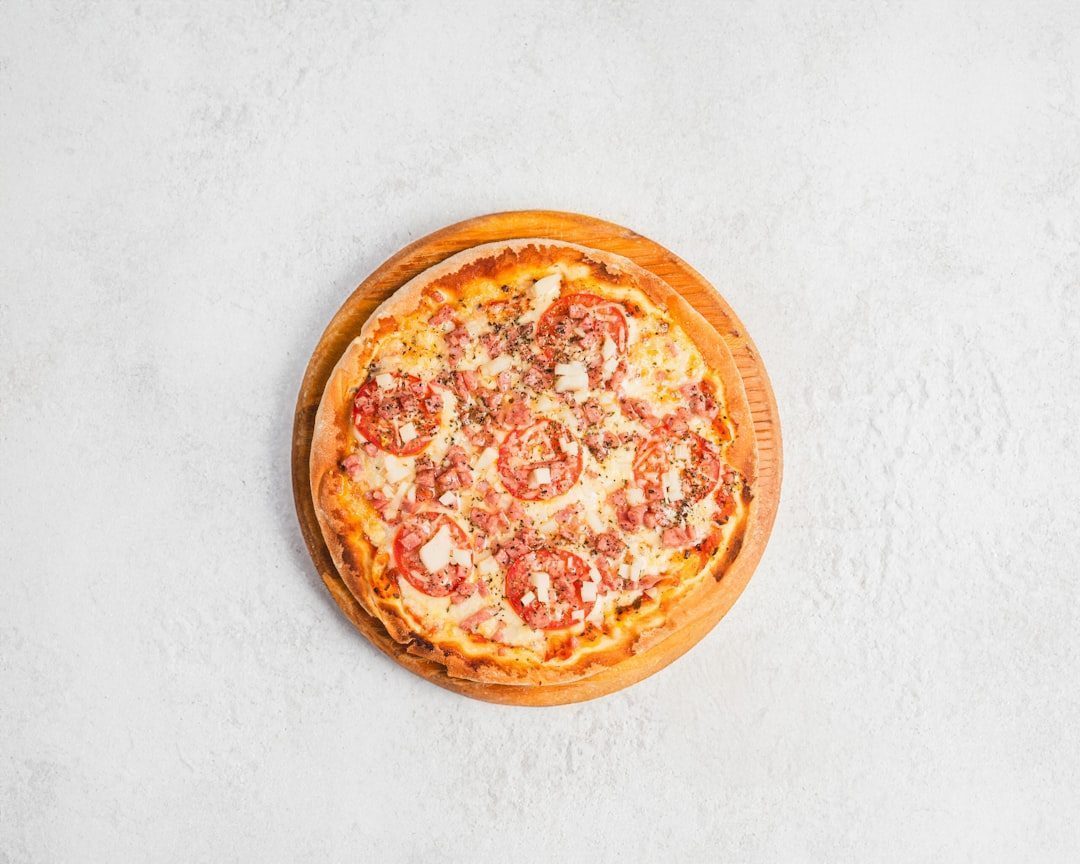
Taco Bell’s Luxe Cravings Box offers the best overall value, allowing customers to get $15.65 worth of food for just $7, a 55% savings. This deal includes multiple tacos, a burrito, chips, and a drink – ingredients that would cost considerably more to assemble at home.
The secret sauce here isn’t just economies of scale, but the way restaurants can use fillers and processed ingredients that cost them pennies. Taco Bell has a Cravings Value Menu with items as cheap as $1.19 without meat, making these bean-based items nearly impossible to replicate at home for the same price.
Pizza Hut Personal Pan Pizza
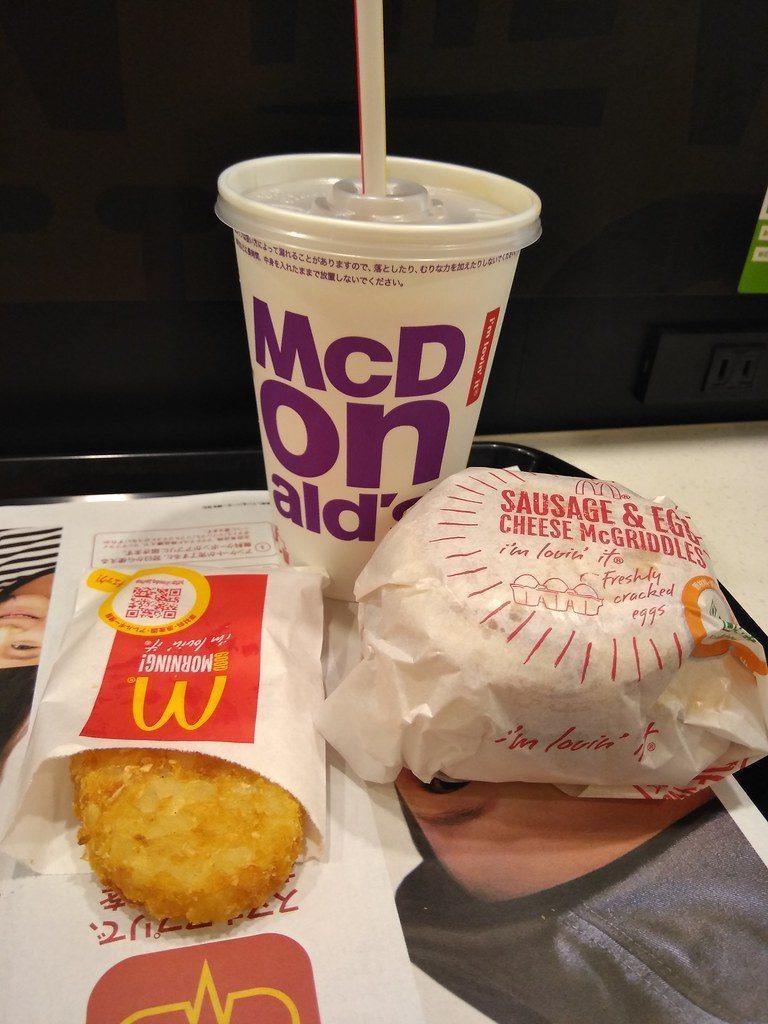
Pizza seems like an obvious win for homemade cooking, right? Not always. Pizza orders from restaurants can easily reach $20 to $25 for two people, while the cost of ingredients like oil, flour, yeast, cheese and tomato sauce can come in at under $6 for a basic 12- to 14-inch homemade pizza. But personal pan pizzas tell a different story.
Small individual pizzas often come with promotional deals that make them cheaper than buying all the ingredients separately. Plus, when you consider the electricity costs, time value, and ingredient waste from making small batches, restaurant personal pizzas can edge out homemade versions. Making pizza at home from scratch will save you up to 93$ a year compared to store-bought frozen pizza, but individual promotional pizzas are different beasts entirely.
McDonald’s $5 Meal Deal

McDonald’s has a $5 value meal, which includes a McDouble cheeseburger or a McChicken sandwich, plus small french fries, 4-piece chicken nuggets and a small soft drink. Try making all these components from scratch, and you’ll quickly realize the economics don’t work in your favor.
The chicken nuggets alone would cost you more than $5 in ingredients when you factor in chicken breast, breading, oil for frying, and the gas or electricity to heat that oil. Both Wendy’s and McDonald’s offer $5 meal deals that include about $10 worth of food, saving consumers around 50% compared to buying each item individually.
Popeyes Big Box Deal
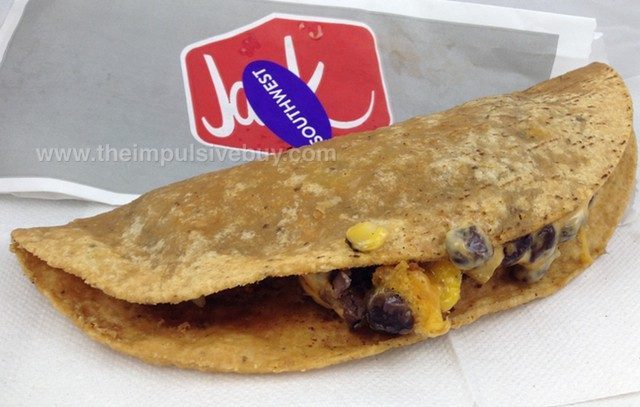
The Popeyes Big Box includes two pieces of bone-in chicken or three chicken tenders, two sides, and a biscuit – all for $6.99. This combo would typically run more than $10, so the Big Box is a genuine discount. Making fried chicken at home requires significant oil investment, specialized equipment, and considerable cleanup.
When you break down the cost of chicken, flour, spices, oil, plus the sides like mashed potatoes and biscuits, you’re looking at ingredient costs that exceed the restaurant price. The labor and cleanup time make this deal even more appealing compared to the home kitchen alternative.
Jack in the Box Two Tacos for 99 Cents
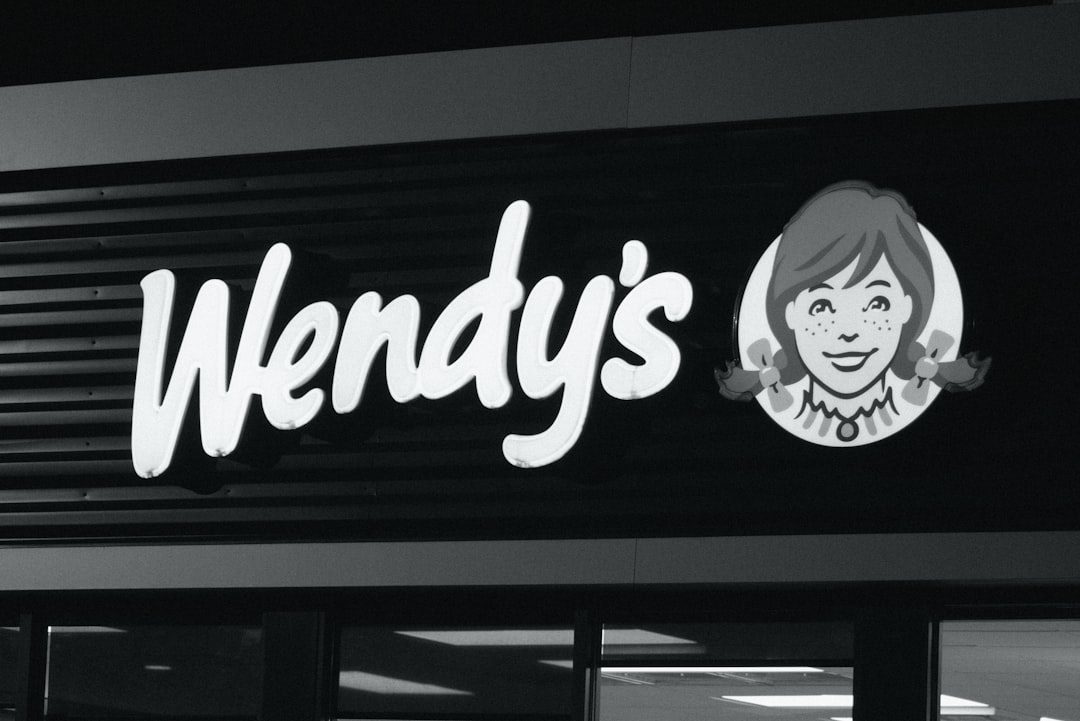
This is perhaps the most mind-boggling deal in fast food. Jack in the Box is home to one of the best bargains in all of fast food: two tacos cost just 99 cents at many locations. Even if you bought the absolute cheapest taco shells, ground beef, lettuce, and cheese, you couldn’t match this price.
Jack’s Munchies Under $4 Menu offers patrons a litany of affordable choices. Each item is available for less than $4, creating scenarios where home cooking simply cannot compete on pure economics.
Wendy’s $5 Biggie Bag
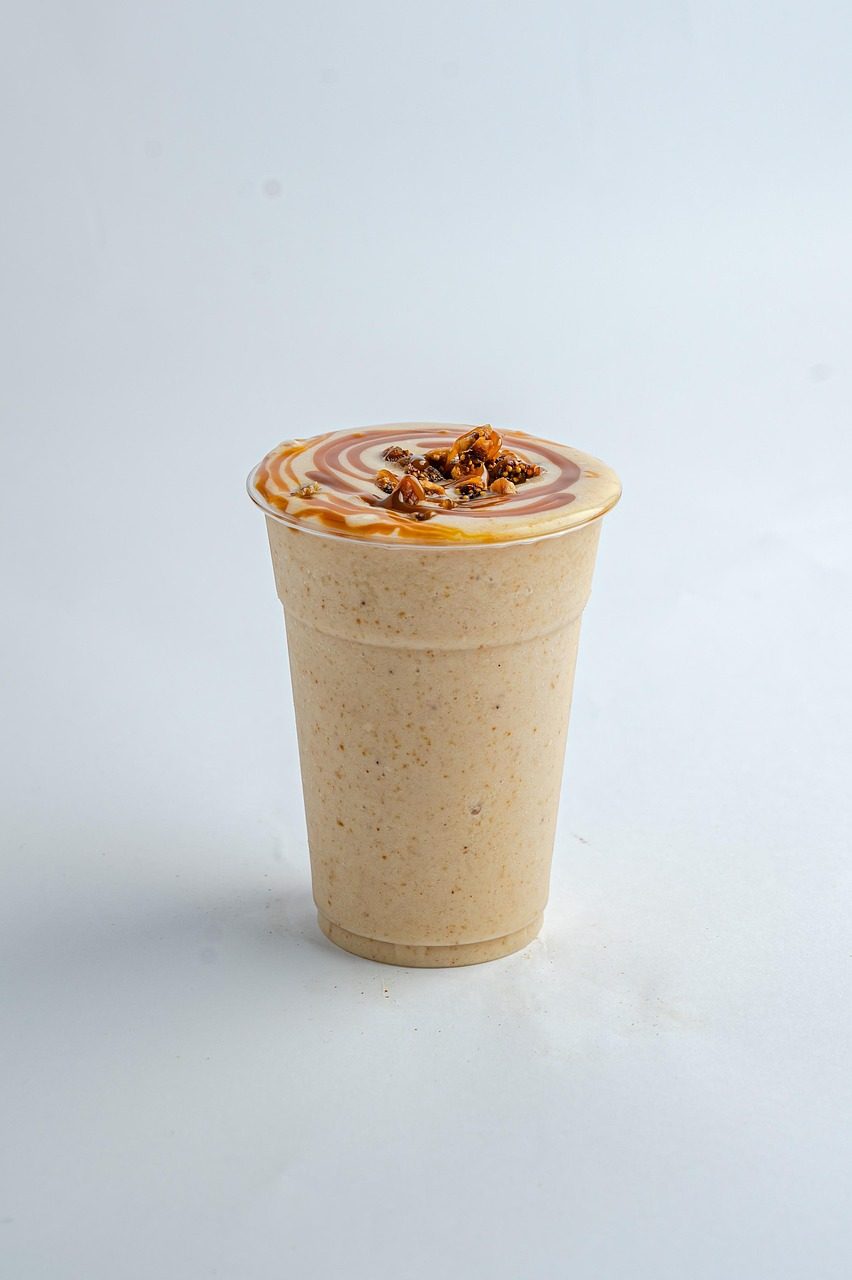
Wendy’s $5 Biggie Bag comes with a choice of a Crispy Chicken Sandwich or Jr. Bacon Cheeseburger, along with 4-piece chicken nuggets, junior fries, a small drink and a small Frosty. At the regular menu price, the cost of those individual items sold separately would be $10.75, but the bundle saves customers 53%.
The combination of multiple protein sources, sides, and a dessert creates a value proposition that’s nearly impossible to replicate at home. The processing and preparation time alone for chicken nuggets would exceed the entire cost of the meal.
Sonic’s 99-Cent Menu Items
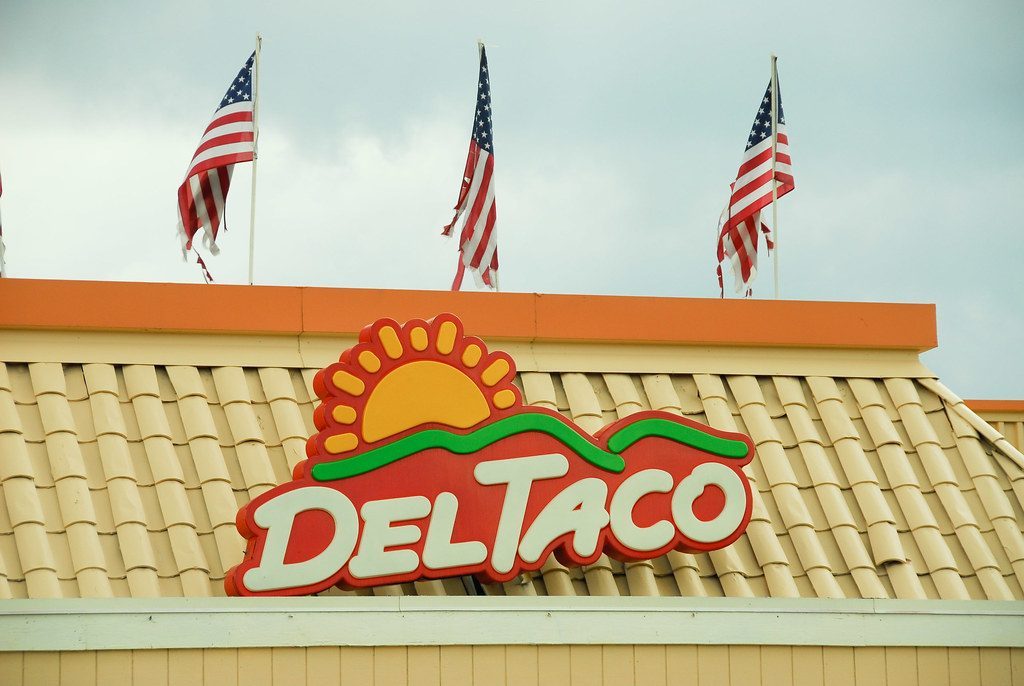
Sonic FUN.99 Menu includes 5 food items and 7 classic shake flavors priced at $1.99 each. While not quite under a dollar, these prices create scenarios where home preparation costs exceed restaurant prices, especially for items requiring specialized equipment.
Making milkshakes at home requires ice cream, milk, flavorings, and a blender – investments that make the occasional Sonic shake a better deal. The same logic applies to their corn dogs and other processed items that benefit from industrial-scale production.
Del Taco’s Value Menu Burritos

At just $2 per burrito, this Del Taco deal is one of the few on this ranking that actually feels like a steal. You can pick up two of these (or fries and a drink) and still spend less than $5. That feels like a true deal!
This burrito is better than every Taco Bell burrito. Inside a warm flour tortilla, you’ve got fresh, slow-cooked beans (rather than powdered like at Taco Bell), freshly grated cheddar cheese, and a hot sauce of your choice. When you consider the cost of beans, tortillas, cheese, and seasonings, plus the cooking time, these burritos beat homemade economics.
Frozen Pizza vs. Restaurant Pizza

This one’s a curveball – sometimes frozen pizza from restaurants beats both homemade and traditional takeout. 55% of respondents saved money just by switching to frozen pizza from the grocery store versus pizza from a restaurant. But here’s the twist: some restaurants sell their own frozen versions at better prices than you can make from scratch.
Making homemade pizza is cheaper than buying frozen pizza from the store or ordering restaurant delivered pizza. It costs $5.41 to make pepperoni pizza or $4.75 to make Margherita pizza at home. However, promotional frozen pizzas from restaurants can sometimes undercut even these homemade costs.
Coffee Shop Basic Coffee

While specialty drinks are markup nightmares, basic black coffee at many chains can actually cost less than brewing at home when you factor in the total cost of ownership. Premium coffee beans, filters, electricity, and equipment depreciation can push home brewing costs above simple restaurant coffee.
Many coffee shops use this as a loss leader to get customers in the door, pricing basic coffee below cost. When you add in the convenience factor and the fact that you don’t need to buy coffee-making equipment, some restaurant coffee becomes the economical choice.
Senior and Student Discounts

Here’s where restaurant meals can become genuinely cheaper than home cooking for specific demographics. Many chains offer significant discounts that push meal prices below ingredient costs. 75% of customers say value is an important factor when selecting a quick-service restaurant and that the value deals have the most success in creating perceived value.
These targeted discounts often make restaurant meals cheaper than groceries, especially when combined with other promotional offers. The economics work because restaurants can absorb losses on certain customers while maintaining profits on full-paying diners.
Final Thoughts on Restaurant vs. Home Economics

The reality is that generally, cooking at home is less expensive than regularly ordering fast food, but strategic restaurant choices can flip this equation. Eating at home can cost around $4-$6 per person, while dining out can be $15 or significantly more per person, but these specific examples show the exceptions to the rule.
The key lies in understanding when restaurants use loss leaders, promotional pricing, or economies of scale that you simply can’t replicate in your kitchen. While most meals favor home cooking financially, these dozen examples prove that sometimes the drive-through really is the smarter economic choice. Just don’t make it a habit, or you’ll quickly find yourself back in expensive territory.
The Hidden Costs That Change Everything

Here’s what those restaurant-versus-home calculations don’t show you – the sneaky expenses that can completely flip your savings upside down. Sure, that $5 meal deal looks amazing until you factor in gas money for the drive, plus the inevitable “while I’m here” add-ons like drinks, dessert, or upgrading to large fries. Most people don’t realize they’re spending an extra $3-7 per trip on these hidden costs. Then there’s the time factor that nobody talks about – waiting in drive-through lines, especially during peak hours, can easily eat up 15-20 minutes of your life. Compare that to heating up leftovers at home in three minutes, and suddenly that “cheap” restaurant meal starts looking pretty expensive when you value your time. The biggest trap? These deals are designed to get you hooked, and restaurants know that once you’re comfortable spending $5-8 on convenience, you’ll gradually creep up to $12-15 meals without even noticing.
When Buying Ingredients Actually Becomes a Waste
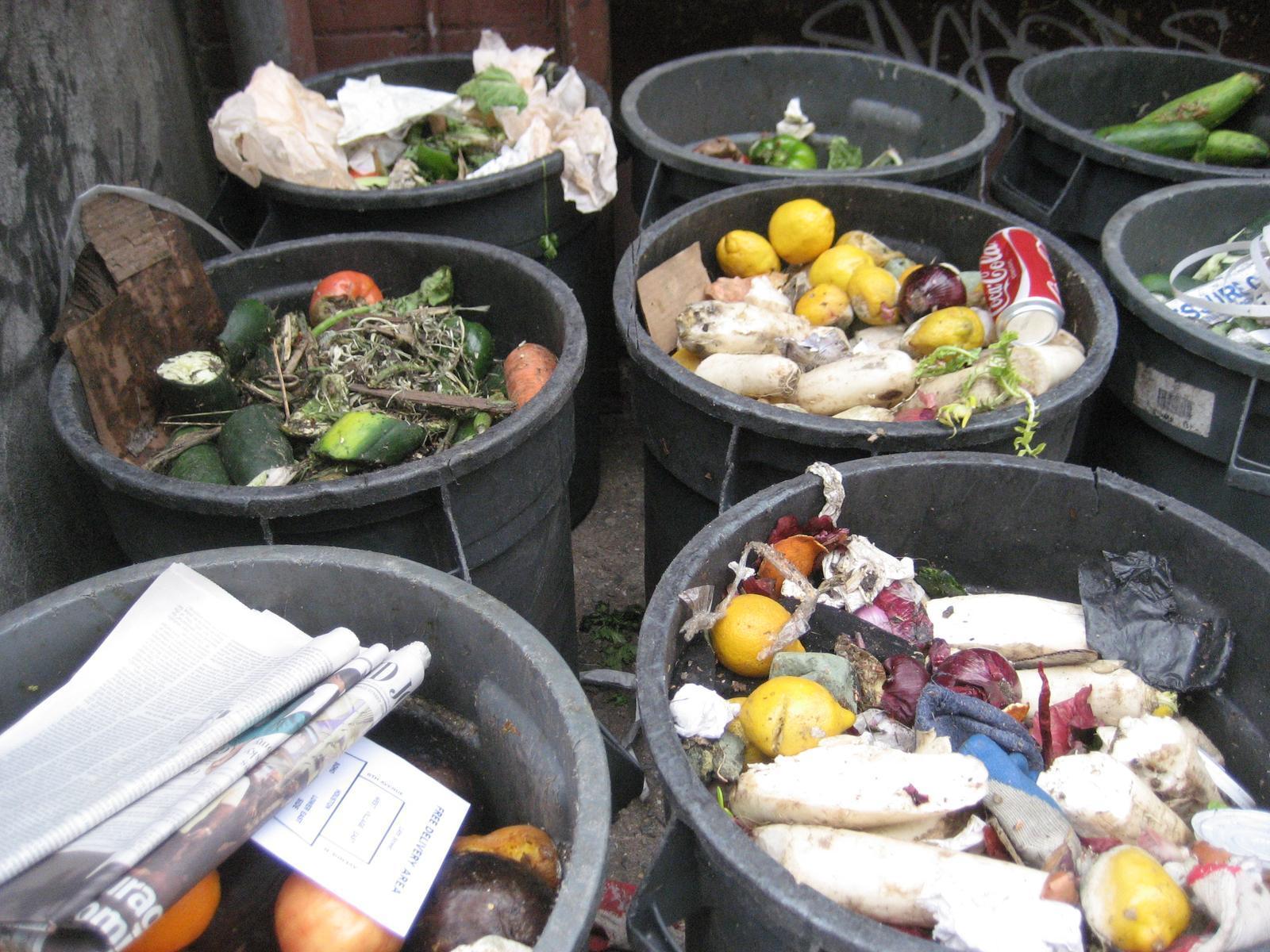
Let’s talk about something nobody wants to admit – that half-empty bottle of specialty sauce rotting in your fridge right now. You bought it for one recipe, used two tablespoons, and now it’s been sitting there for three months growing science experiments. This is the dark side of home cooking that makes restaurant meals genuinely cheaper sometimes. When you’re cooking for one or two people, buying individual ingredients often means you’re stuck with portions meant for families of four or more. That bunch of cilantro? You needed three leaves, but now you’ve got a wilting pile that’ll hit the trash in five days. Ground beef comes in pound packages when your recipe calls for a quarter pound, and don’t even get me started on those eight-packs of hamburger buns when you only need two. Restaurants have the massive advantage of buying in bulk and using ingredients across multiple menu items, which means nothing goes to waste. For single people or couples especially, the math gets brutal – you might spend $25 on ingredients to make four servings of something, but two servings will likely spoil before you eat them, effectively making each meal cost $12.50 instead of the $6.25 you calculated.
The Time Factor Nobody Talks About in Cost Comparisons

Here’s what drives me crazy about those smug “cooking at home is always cheaper” articles – they completely ignore that your time has actual value. Sure, you can make a burger at home for $3 in ingredients, but what about the 15 minutes of prep work, 20 minutes of cooking, and another 15 minutes scrubbing that greasy pan? That’s 50 minutes of your life you’re never getting back. If you make $15 an hour at your job, congratulations – you just spent $12.50 worth of your time to save $2 on a burger. The math gets even worse when you factor in grocery shopping trips, which easily eat up an hour between driving, parking, wandering the aisles, and waiting in checkout lines. Restaurant workers are literally paid to do all this labor for you, and when you order that $5 meal deal, you’re outsourcing not just the cooking but the entire production chain. For busy parents juggling work and kids, or anyone working multiple jobs, that drive-thru window isn’t laziness – it’s a legitimate business decision about how to spend your most precious resource.
Restaurant Equipment vs. Your Kitchen Reality Check
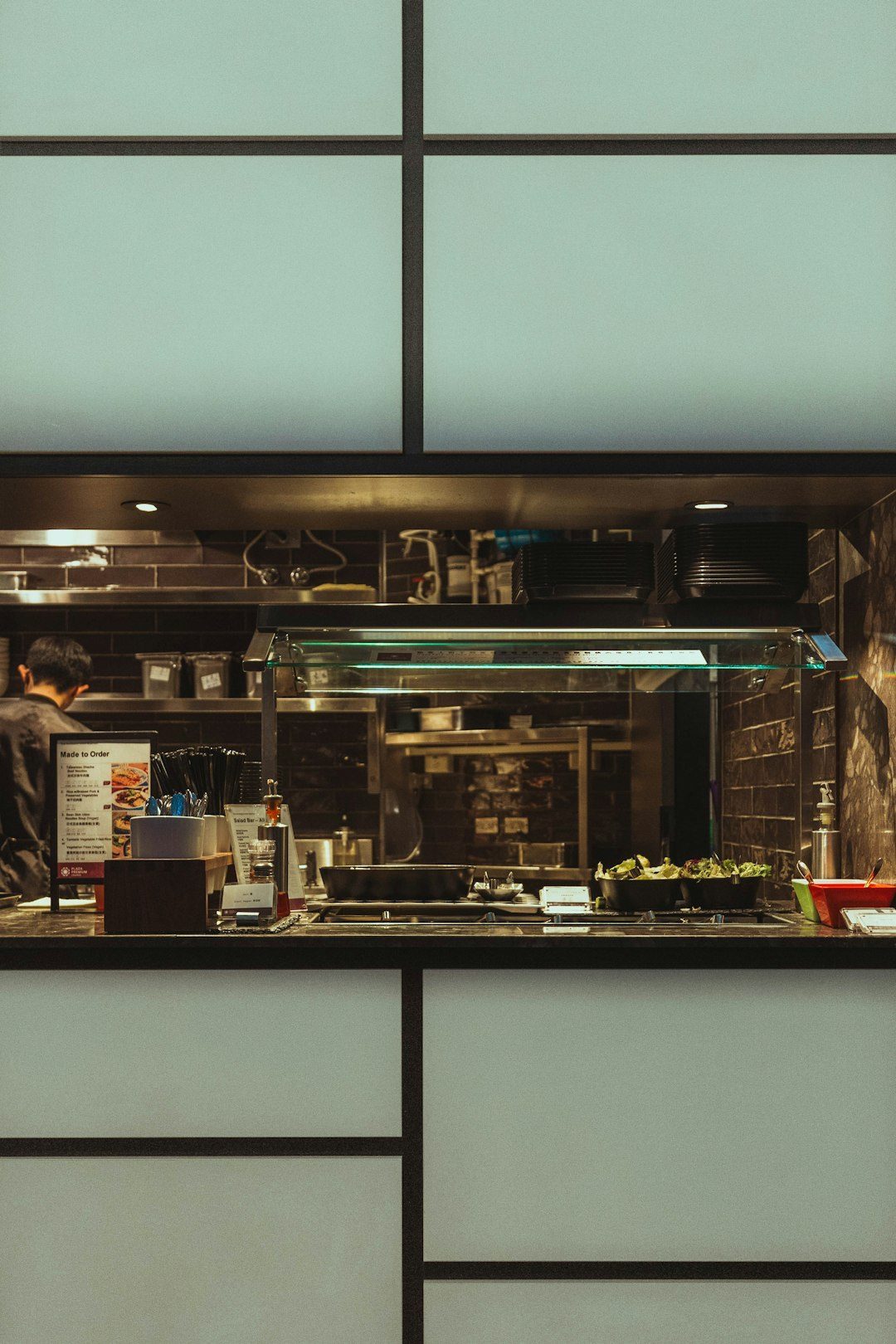
Let’s talk about something most home cooking advocates conveniently skip over – restaurants have industrial-grade equipment that makes everything faster, better, and ironically, cheaper per serving. That commercial deep fryer at your local chicken joint? It cost them $3,000 but cranks out perfect fries in three minutes flat, while your home oven takes 25 minutes and produces soggy disappointments half the time. Their high-BTU gas ranges get screaming hot instantly, cooking food in a fraction of the time your wimpy home stove takes, which means lower energy costs per meal. And don’t even get me started on commercial dishwashers that sanitize dishes in 90 seconds versus your 2-hour cycle at home. When you buy that $6 restaurant meal, you’re essentially renting access to thousands of dollars worth of professional kitchen equipment without the upfront investment, maintenance costs, or the space to store it all. Your apartment kitchen with its basic $400 stove simply cannot replicate what a restaurant does efficiently, which is exactly why trying to recreate certain dishes at home ends up costing more when you factor in inferior results and wasted ingredients from failed attempts.
Bulk Purchasing Power That Individual Shoppers Can’t Touch

Here’s something that’ll blow your mind – when Chipotle buys chicken, they’re negotiating prices for literally tons of it at once, getting rates that would make your grocery store manager weep with envy. That $8 burrito bowl with generous portions of protein? They probably paid $1.20 per pound for that chicken while you’re shelling out $4.99 per pound at your local supermarket for way less quality. Restaurants have purchasing agreements with suppliers that slash costs to a fraction of retail prices, and they’re buying everything from rice to cheese in massive quantities that drive per-unit costs into the basement. You can’t just call up a food distributor and order 500 pounds of ground beef to get their pricing – they won’t even return your call. Even warehouse clubs like Costco can’t compete with restaurant supplier pricing because those bulk restaurant purchases happen at an entirely different scale. So when you’re comparing that $7 restaurant meal to making it yourself, remember you’re paying consumer retail markups on every single ingredient while they’re operating with wholesale prices that are sometimes 60-70% cheaper than what you’ll ever see.



